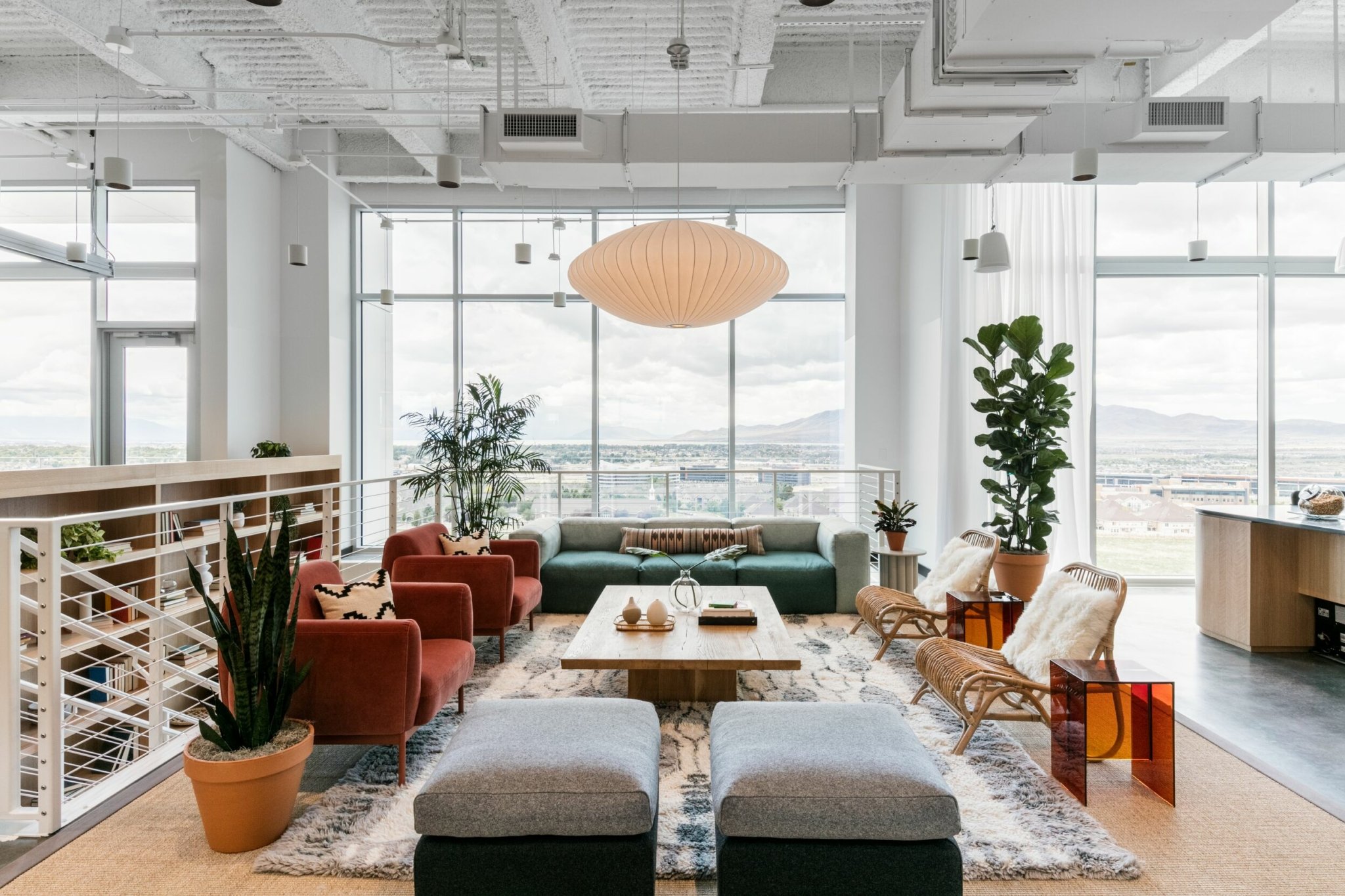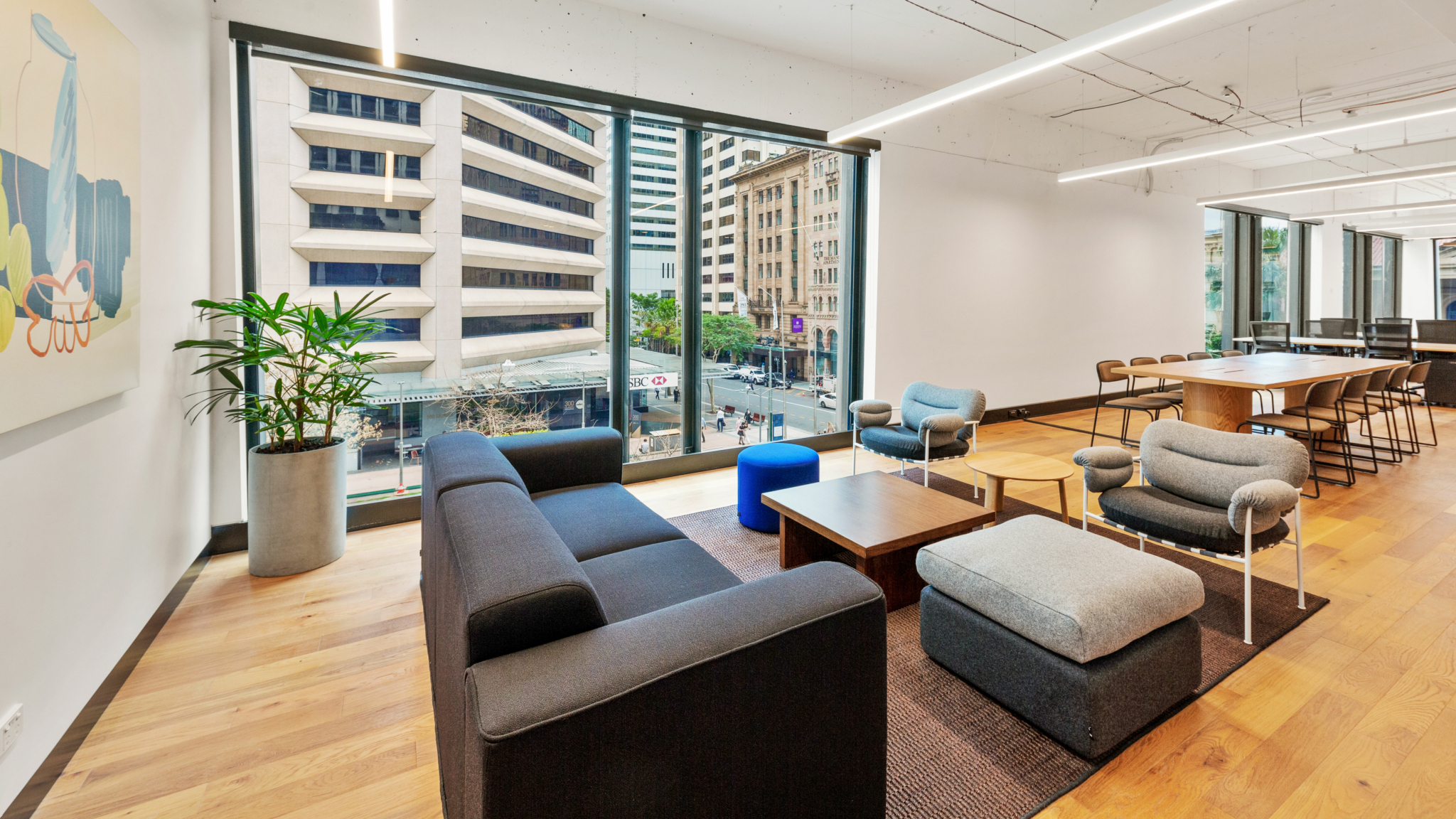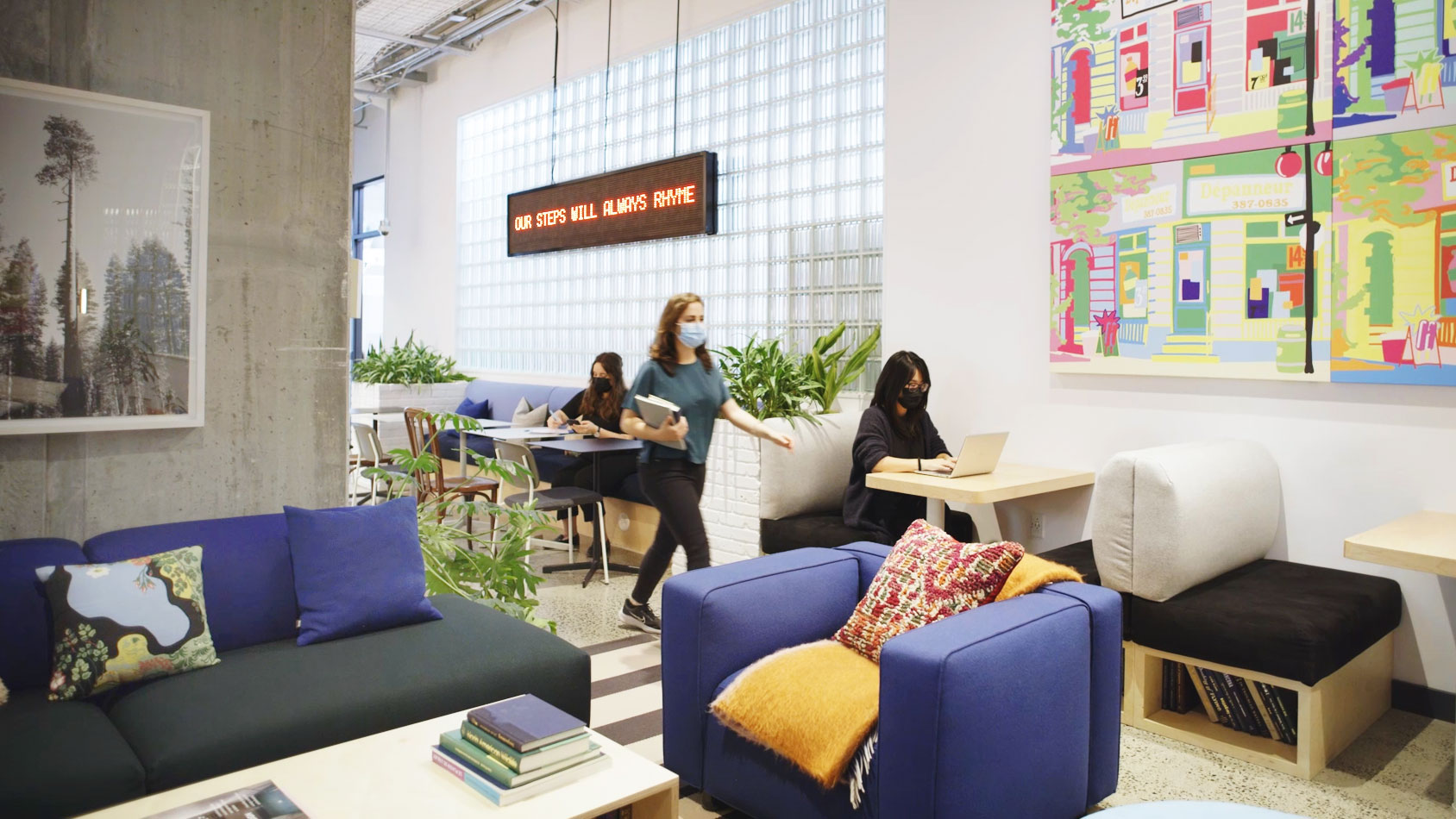This article originally appeared in City A.M.
The working world has continually been transformed over the past two and a half years, with organizations across the country abandoning the traditional “one size fits all” approach.
Many expected 2021 and last year to deliver a massive wave of return to office in the UK and around the globe. But this didn’t materialize as expected. Business leaders attempted to make decisions in an uncharted landscape while managing employees who had become accustomed to greater flexibility over how and where they work.
Looking ahead to the new year, the various reasons why people come into the office are having a knock-on effect on the role of the modern workplace.
Whether it’s remote-first, hybrid, or back in the office five days a week, companies are implementing lessons from the past nearly three years to develop new workplace strategies, and taking a stance on the right foot forward for their business. And while many organizations are mandating full-time returns (traditional banks and law firms, for example), many companies—large and small, local and global—are experimenting with flexible office space to facilitate hybrid work models. In the year to December last year, WeWork’s bookings for our monthly membership offering had doubled, as companies look to equip their employees with greater flexibility and choice over where they work.
The momentum we continue to see around the return to office is not by chance or coincidence, but a response to the evolving role of the workplace. Over time, the purpose of the office has diversified as a space where individuals and teams can get the most out of their workspace—depending on their needs, work style, or the task they are tackling that day.
While many business leaders see the office as crucial for culture and business success, the majority of employees are returning to the office to work collaboratively and socialize with one another. For managers, many use the workplace to mentor junior team members in person, many of whom having never experienced office culture. In the same breath, workers are also seeking quiet corners in an office, similar to quiet cars on a train, to tackle heads-down tasks that may not be possible to complete at home.
With these emerging work trends, the layout and design of the office is crucial. Heading into 2023, soft seating, conference rooms, space for collaboration, and quiet nooks must be the norm. In large offices at WeWork, we used to provide 10 percent lounge space. Now we are seeing the need for 50 to 60 percent collaboration and lounge space to cater to the majority of members looking to work on team projects and brainstorm new ideas. “Amenity spaces” also are trending—pantries, gyms, cafés, and in-person events are all being used by organizations looking to create a commute-worthy workplace.
The new modern identity of the workplace is having an impact on commuter trends.
Many employees are opting for locations in central London that are walking distance to large transit hubs. We are also seeing an increase in workers heading into the office on midweek days, most commonly on Wednesdays and Thursdays, as hybrid models continue to take shape. With greater flexibility, many look to coordinate “office” days with their team, and younger employees look for opportunities to learn in-person and socialize with peers.
Companies that will see the biggest uptick in workers returning to the office in 2023 will be those that are not only open to experimenting with work models and office footprints that cater to evolving employee expectations around flexibility and choice, but are willing to blur the lines between hospitality and workspace through thoughtful design. By embracing new layouts, amenities, and office perks that create a workplace that has “earned” the commute, 2023 will be all about creating an in-person experience that employees don’t want to miss out on.
Mathieu Proust is COO International and Global Head of Franchise.
Want to learn more about flexible work?










